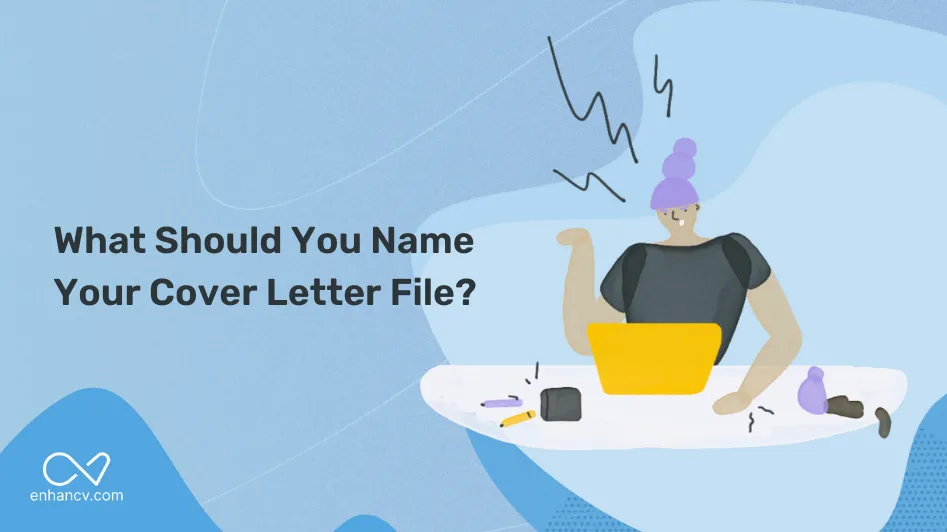What is a Cover Letter?
A cover letter is a crucial document that accompanies your resume when applying for a job. It serves as an introduction to your potential employer, allowing you to highlight your skills, experience, and enthusiasm for the position. Unlike a resume, which provides a factual overview of your qualifications, a cover letter offers a narrative, allowing you to explain why you are the perfect fit for the role and the company. It is your opportunity to make a strong first impression and persuade the hiring manager to read your resume with interest. A well-crafted cover letter can significantly increase your chances of getting an interview, setting the stage for a successful job application.
Why is a Cover Letter Important?
In today’s competitive job market, a cover letter is more than just a formality it is a necessity. Many hiring managers consider it a critical part of the application process. It allows you to personalize your application and show genuine interest in the specific job and company. The cover letter enables you to tailor your qualifications to match the job requirements, making a compelling case for why you should be considered. Furthermore, a well-written cover letter demonstrates your communication skills and attention to detail, qualities that employers highly value. It provides a platform to showcase your personality, making you stand out from other applicants and increasing your chances of securing an interview.
Key Components of a Winning Cover Letter
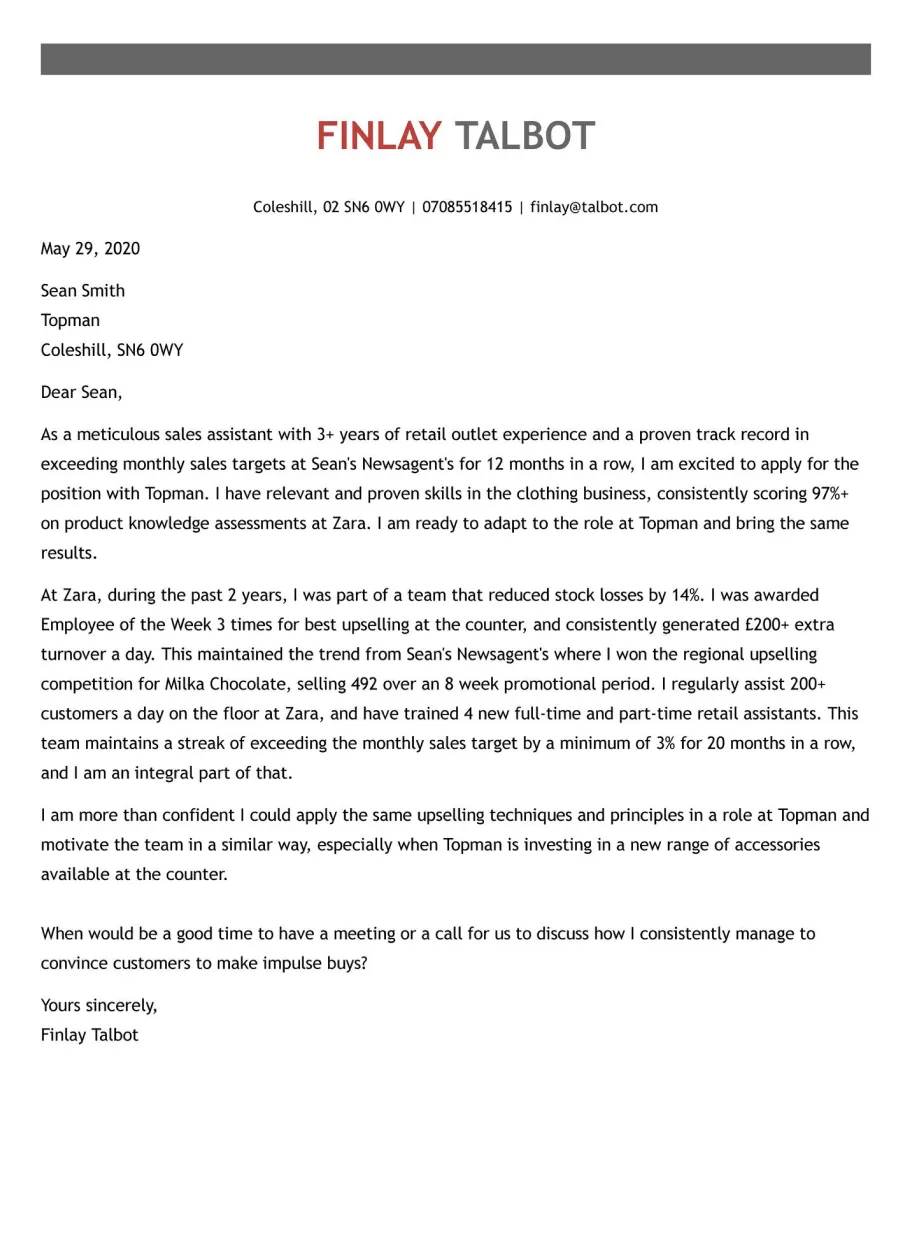
A winning cover letter consists of several key components, each designed to capture the reader’s attention and convey your suitability for the job. These elements work together to create a comprehensive and persuasive argument. These include a header, an engaging opening paragraph, a compelling body that showcases your relevant skills and experiences, and a strong closing paragraph with a clear call to action. A well-formatted cover letter should be concise and easy to read. Ensuring each element is crafted with care is crucial in making a positive and lasting impression on potential employers. To optimize your chances, review each element, ensuring it is well-written and highlights the key aspects of your suitability.
Header Section of Your Cover Letter
The header of your cover letter is the first thing a hiring manager will see, making a strong impression essential. It should include your contact information, and the date, as well as the recipient’s details. Accuracy and professionalism are key. Your contact information should include your full name, phone number, email address, and optionally, your LinkedIn profile URL or a link to your online portfolio. Use a professional email address and ensure your phone number is up-to-date. Then, include the date you are sending the letter, followed by the recipient’s name, title, and company name. If you know the hiring manager’s name, always address the letter to them. Researching this information shows initiative and attention to detail.
Your Contact Information
In the header, clearly display your name, phone number, email address, and professional links like your LinkedIn profile or portfolio. Using a clean and legible font ensures that the information is easily accessible. Double-check the accuracy of your contact details. This information is critical, as it is how the hiring manager will contact you. Ensure your phone number is correct, your voicemail is set up, and your email is monitored regularly. Consider using a professional email address. Your profile showcases your online presence. Make it easy for the hiring manager to reach out. Check everything to make sure everything is up to date.
Date and Recipient Information
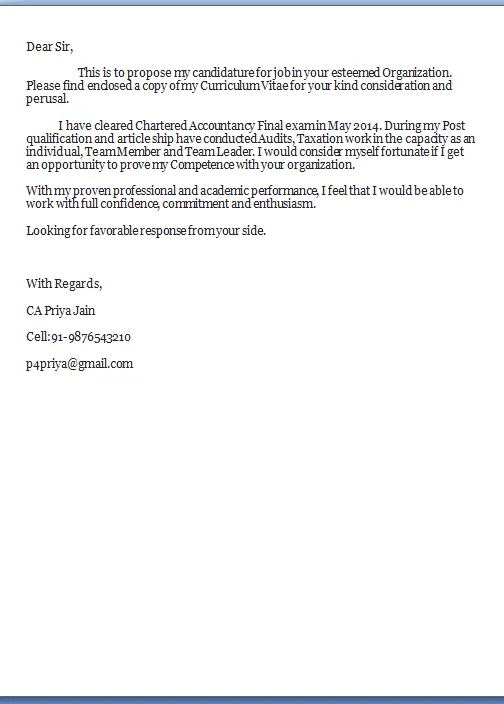
Following your contact information, include the date you are sending the letter. Then, address the letter to the hiring manager or the appropriate person. If their name is available, always address the letter to that person. If you cannot find a name, you can use a generic greeting such as ‘Dear Hiring Manager.’ Include the recipient’s title, company name, and address. This information demonstrates your attention to detail and your understanding of business etiquette. It also shows that you have researched the company and the specific job role. Accuracy in this section is key, so double-check all details. This helps demonstrate respect and professionalism.
Body of Your Cover Letter
The body of your cover letter is where you connect your skills and experiences with the job requirements and showcase your enthusiasm for the role and company. This section should be well-organized, highlighting your key qualifications, and demonstrating your understanding of the company’s needs. Aim to tailor each cover letter to the specific job you are applying for. Use the job description as a guide to identify the key skills and experiences the employer is seeking. Then, provide specific examples that showcase your accomplishments and how they align with the role. Structure your letter to provide a clear narrative, making it easy for the hiring manager to understand your suitability. A compelling body can be divided into paragraphs. It should include an engaging opening, providing evidence of your skills and qualifications, and a clear closing with a call to action.
The Opening Paragraph
The opening paragraph is the first opportunity to grab the reader’s attention and set the tone for your cover letter. Start with a strong statement that clearly states the purpose of your letter – the job you are applying for and where you found the posting. Show genuine enthusiasm for the role and the company. You could mention a specific aspect of the company that interests you, or reference a recent project. Keep the opening concise, typically no more than three to four sentences. Make sure that the opening paragraph immediately establishes your interest and introduces the reader to your core qualifications. The first impression is key.
Highlighting Your Skills and Experience
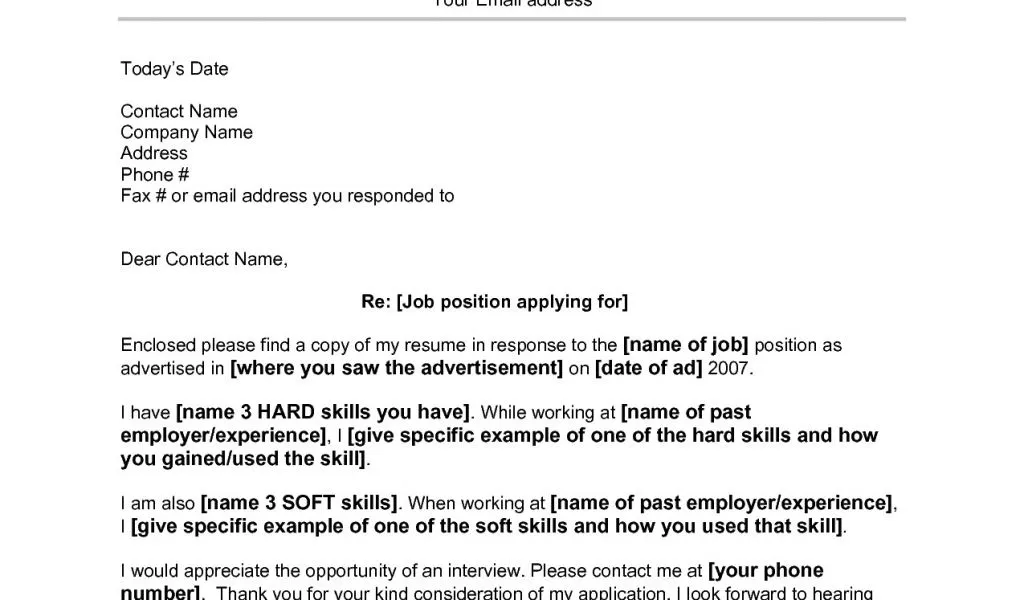
The middle paragraphs of your cover letter are where you delve into your relevant skills and experience. Provide concrete examples that demonstrate your abilities. Use the job description to identify key requirements. Then, highlight your accomplishments related to those needs. Quantify your achievements whenever possible to make your impact clear. For example, instead of saying ‘Managed social media,’ say ‘Increased social media engagement by 30% in six months.’ Structure your paragraphs logically, focusing on one or two key skills per paragraph. Explain how your past experiences have prepared you for the role. This section is your opportunity to show how you can add value to the company. Clearly articulate your key qualifications and how they align with the role.
Quantify Your Achievements
Quantifying your achievements makes your cover letter more impactful and gives the hiring manager a clear understanding of your capabilities. Instead of using vague terms, use numbers and data to demonstrate your impact. For example, ‘Increased sales by 20% in one quarter’ is more effective than ‘Improved sales.’ Use metrics to show your successes. Include the number of projects you managed, the percentage of efficiency gains you achieved, or the amount of money you saved. This provides tangible evidence of your accomplishments. If possible, include specific data to show the outcomes of your skills and abilities. The concrete details enable the hiring manager to visualize your accomplishments and understand your value.
Demonstrate Your Passion
Expressing genuine passion for the role and the company can set your cover letter apart from the competition. Show your excitement and enthusiasm for the opportunity. Explain why you are interested in the company’s mission, culture, or specific projects. Mention how you’ve followed the company’s work. Highlight how your personal and professional goals align with the company’s. Avoid generic statements. Show your enthusiasm through specific examples. Share what motivates you about the industry or the role. Expressing this genuine enthusiasm makes you more memorable and shows you have put in the time to research and understand the company.
The Closing Paragraph
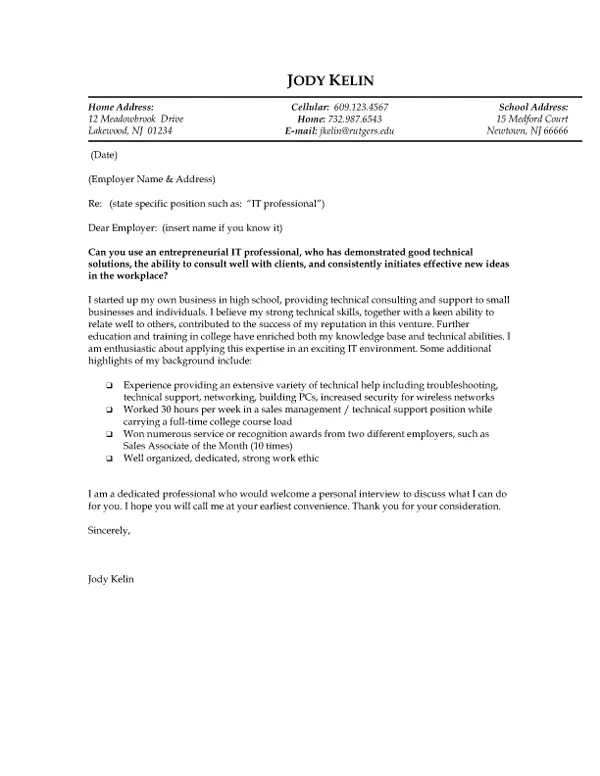
The closing paragraph of your cover letter should summarize your interest and reiterate your qualifications. Express your enthusiasm for the opportunity and thank the reader for their time and consideration. It is also where you include a clear call to action, prompting the hiring manager to take the next step. Keep the closing concise. Make sure it leaves the reader with a positive impression. Reiterate your interest in the position and make it easy for the hiring manager to contact you. The closing paragraph is essential to make a lasting impression.
Call to Action
Include a clear call to action in your closing paragraph. This tells the hiring manager what you would like them to do next. For example, you could state that you are eager to discuss your qualifications in an interview. Express your availability for an interview and provide your contact information again. Make it easy for the hiring manager to take the next step. State your enthusiasm for the opportunity and encourage them to contact you. A strong call to action can help you move your application to the next stage.
Proofreading and Formatting your Cover Letter
Careful proofreading and formatting are crucial for a professional cover letter. Errors can damage your credibility and create a negative impression. Ensure that your letter is free of grammatical errors, spelling mistakes, and typos. Pay close attention to punctuation and sentence structure. Formatting should be consistent and easy to read. Use a clear and professional font, such as Times New Roman, Arial, or Calibri. Keep the font size between 10 and 12 points. Use a standard business letter format with consistent margins. Double-check all details to ensure your letter looks polished and error-free. Well-proofread and formatted letters show that you pay attention to detail.
Formatting Your Cover Letter
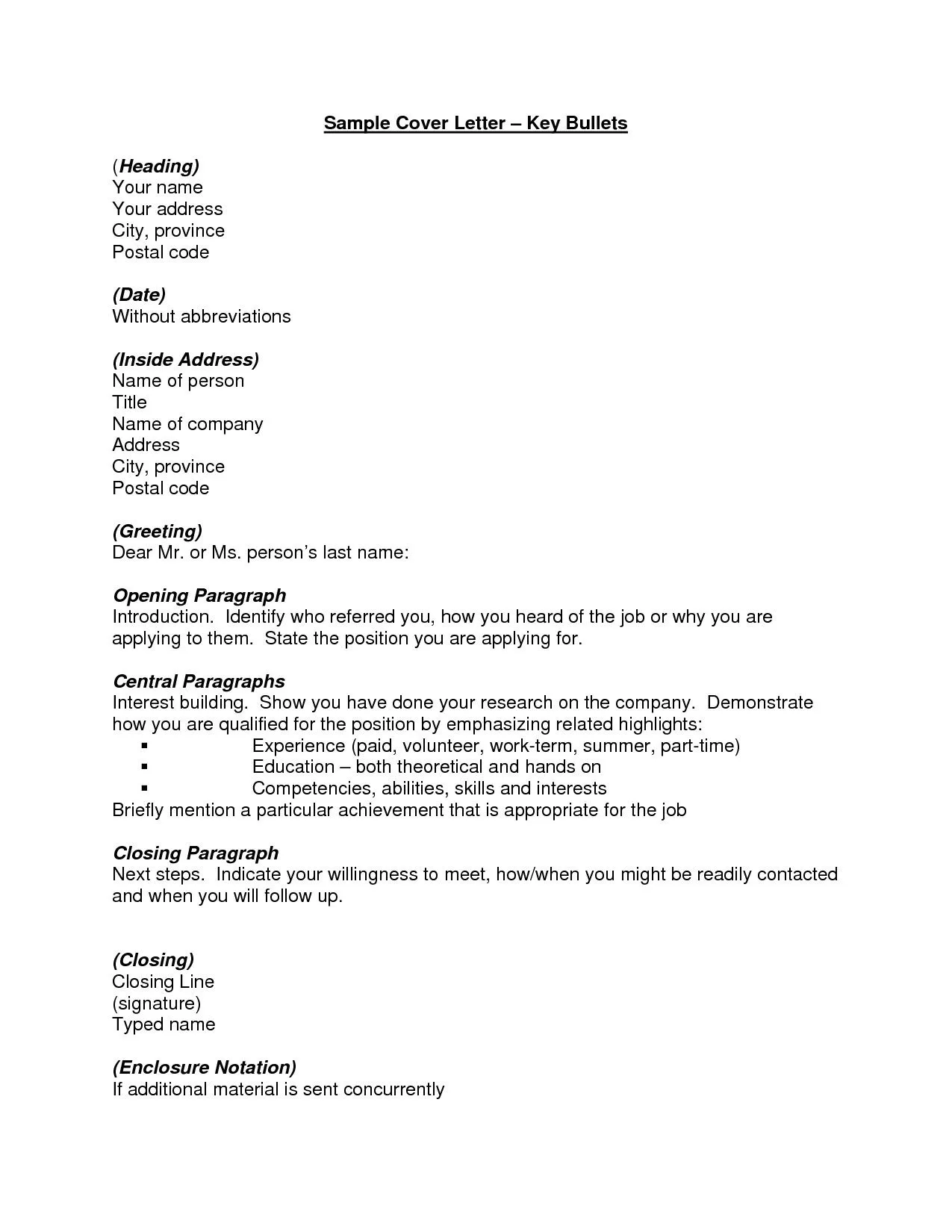
Formatting plays a significant role in making your cover letter visually appealing and easy to read. Use a professional font, such as Times New Roman, Arial, or Calibri, with a font size between 10 and 12 points. Ensure consistency in your formatting throughout the document. Use a standard business letter format with 1-inch margins. Align your text to the left. Ensure your paragraphs are well-spaced. Make the letter easy to scan and read. Use clear headings and subheadings to break up the text. Review the formatting for consistency and ensure it is appropriate for a formal business document. This will make the information easy for the hiring manager to absorb.
Proofreading Your Cover Letter
Proofreading your cover letter is a critical step. Spelling and grammatical errors can undermine your credibility. Before submitting your letter, carefully proofread it multiple times. Check for any typos, grammatical errors, and punctuation mistakes. Read the letter aloud to help catch any awkward phrasing or unclear sentences. Ask a friend or family member to review your cover letter. A fresh set of eyes can often catch errors you might have missed. Use spell check and grammar check tools, but do not rely on them entirely. This is a critical step. A polished and error-free cover letter showcases your professionalism and attention to detail.
Cover Letter Examples
Reviewing cover letter examples can provide valuable insights. Examine different formats, styles, and approaches to learn how to best present your skills and experiences. Cover letter examples can help you understand the standard formats and key elements. Choose examples that align with your industry and the type of job you are applying for. Tailor the examples to your specific situation. Use them as a guideline to create a cover letter that is appropriate for the role. Adapt the examples to match your unique skills and experience. Pay attention to the way they highlight the key skills and accomplishments.
Cover Letter for Entry-Level Positions
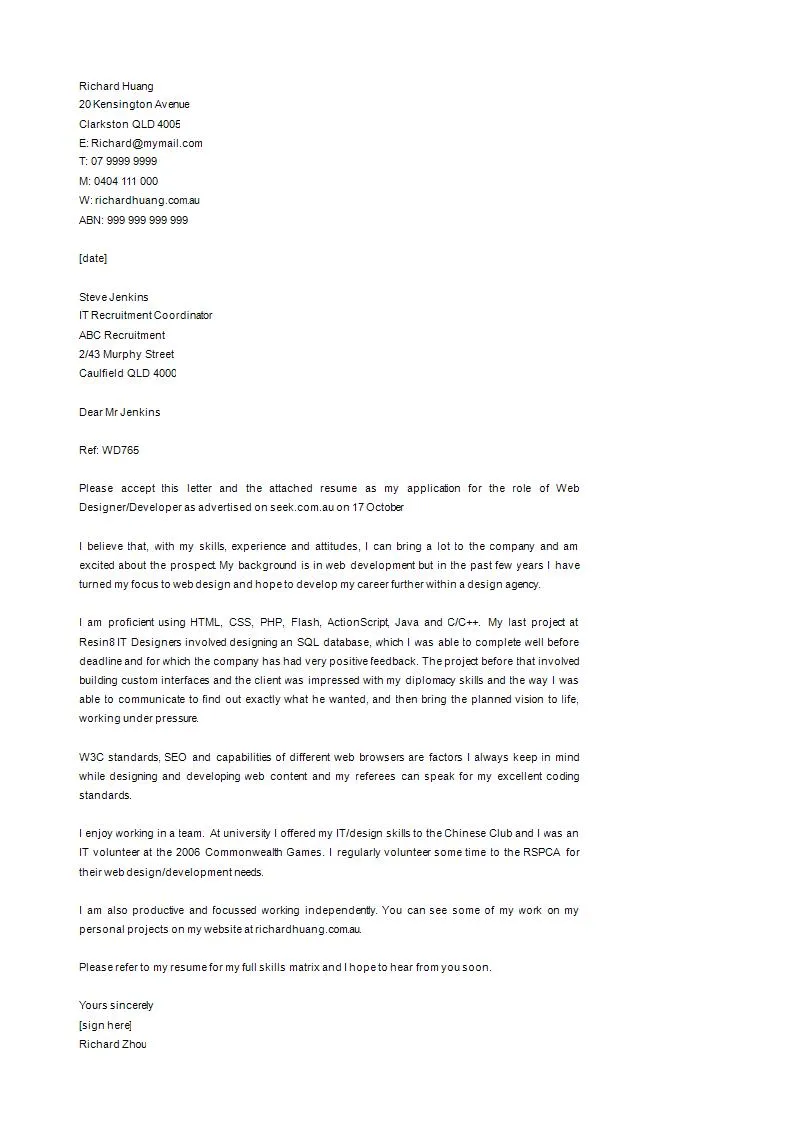
When applying for entry-level positions, your cover letter should focus on your transferable skills. Highlight any relevant coursework, projects, or internships. Showcase your enthusiasm for the role and the company. Address any gaps in your experience by emphasizing your willingness to learn and adapt. Even if you lack extensive work experience, your cover letter provides an opportunity to demonstrate your potential. Focus on your soft skills. These include communication, teamwork, and problem-solving. Highlight any volunteer experiences or extracurricular activities that showcase your skills and values. Adapt to the specific requirements of the role.
Cover Letter for Experienced Professionals
Experienced professionals should use their cover letters to highlight their most relevant accomplishments and demonstrate their expertise. Tailor your cover letter to match the specific requirements of the job. Highlight the quantifiable results you have achieved in previous roles. Focus on how your experience aligns with the needs of the company. Make sure you highlight specific projects and responsibilities. Provide clear evidence of your ability to contribute to the company’s success. Mention any significant awards or recognitions you have received. Use your experience to make the case for why you are the best candidate.
